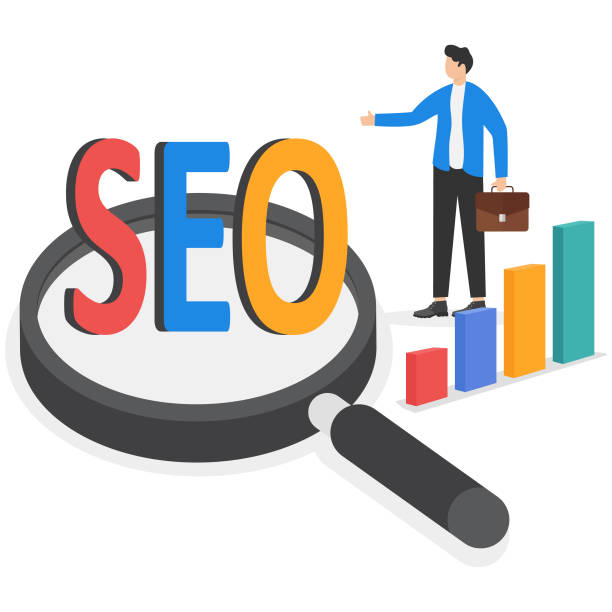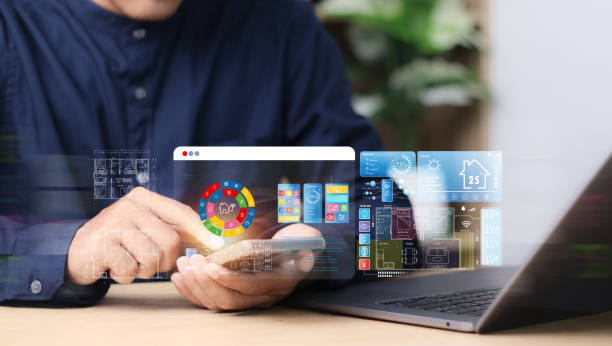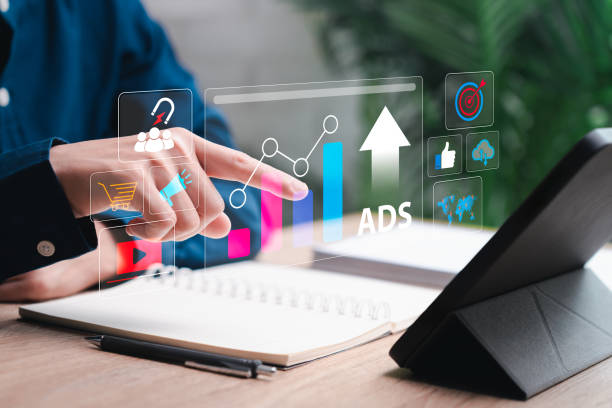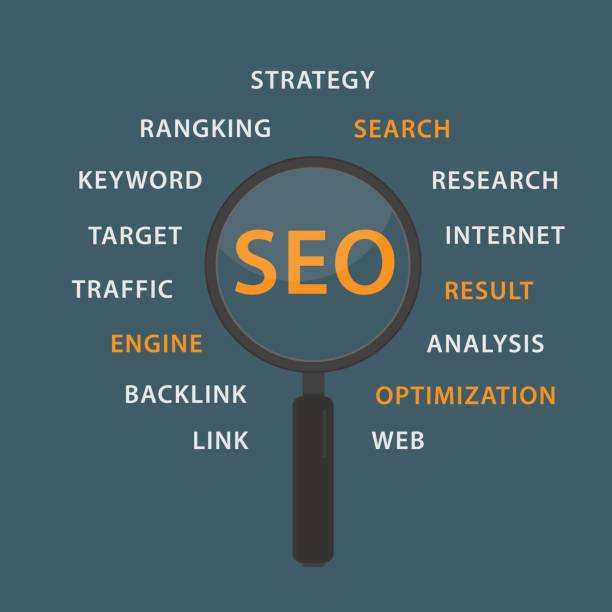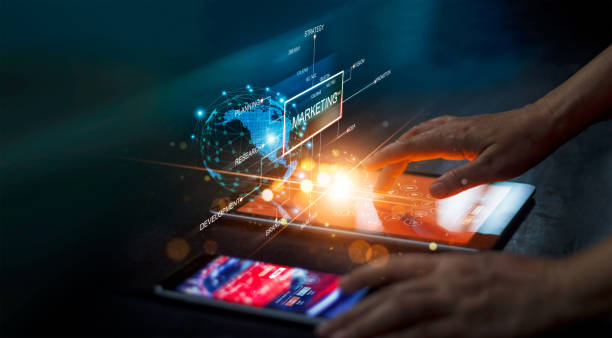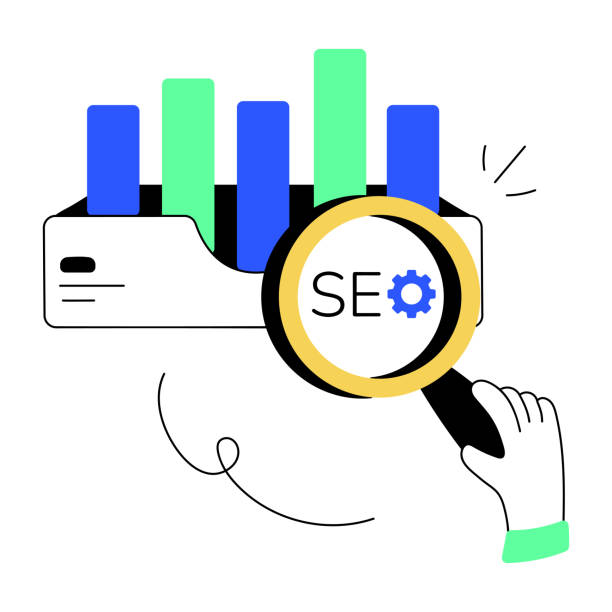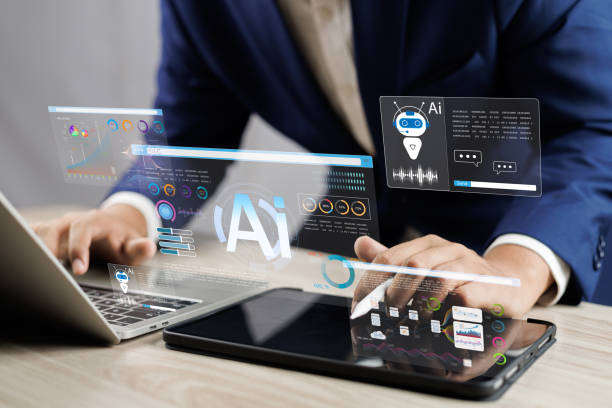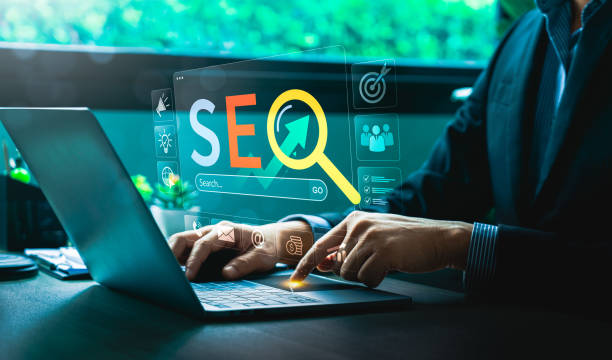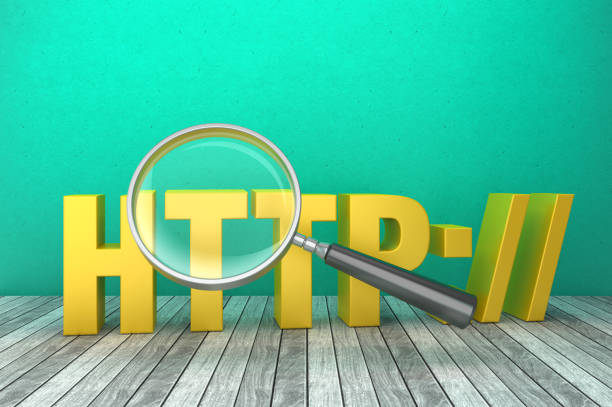Comprehensive On-Page SEO Guide for 1403 (2024/2025)
What is On-Page SEO and Why is it Important? Keyword Research is a vital step in On-Page SEO strategy.This process involves identifying the words and phrases that users enter into...
- رسا وب آفرین
- رپورتاژ آگهی
- راهنمای جامع رپورتاژ آگهی تحلیلی برای کسب و کارهای ایرانی
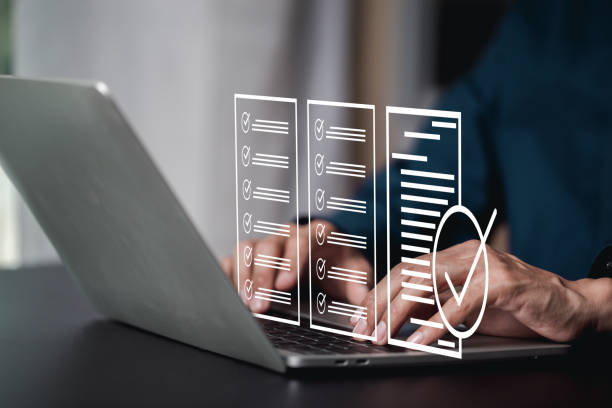
فهرست مطالب
What is On-Page SEO and Why is it Important?
On-Page SEO is a collection of techniques and actions performed to optimize web pages in order to improve their ranking in search engine results pages (SERPs).
The main goal of On-Page SEO is to increase the relevance of the page content to the keywords searched by users and improve user experience.
This process includes optimizing titles, meta descriptions, content, URL structure, and internal links.
The importance of On-Page SEO is due to several reasons: Firstly, it helps search engines better understand the content of the page and show it to the target audience.
Secondly, it improves user experience, as optimized pages usually load faster, are more readable, and provide the information users need easily.
Thirdly, On-Page SEO creates a strong foundation for other SEO strategies such as Off-Page SEO.
Without strong On-Page SEO, even the best link-building and content marketing strategies cannot achieve the desired results.
In fact, On-Page SEO acts as a fundamental infrastructure for success in the competitive online world and helps businesses increase their visibility and organic traffic.
More information about On-Page SEO
Does your company’s website create a professional and lasting first impression on potential customers? Rasawb, with professional corporate website design, not only represents the credibility of your brand but also paves the way for your business growth.
✅ Creating a powerful and reliable brand image
✅ Attracting target customers and increasing sales
⚡ Get free consultation
Keyword Research is the Key to Success in On-Page SEO
Keyword Research is a vital step in On-Page SEO strategy.
This process involves identifying the words and phrases that users enter into search engines to find information, products, or services related to your business.
By understanding these keywords, you can optimize your content to rank higher for these searches.
Click here to preview your posts with PRO themes ››
To conduct keyword research, various tools such as Google Keyword Planner, Ahrefs, SEMrush, and Moz Keyword Explorer are used.
These tools help you identify search volume, competition, and related keywords.
It is important to identify primary and secondary keywords and use them strategically in titles, meta descriptions, content, and image tags.
Also, paying attention to Long-Tail Keywords is important.
These keywords are usually longer and more specific and have lower search volume, but they have higher conversion rates because users know exactly what they are looking for.
By using the right keywords, you can attract more targeted traffic to your website and increase conversion rates.
Effective On-Page SEO starts with keyword research.
Optimizing Titles and Meta Descriptions to Increase Click-Through Rate
Title Tags and Meta Descriptions are among the most important elements of On-Page SEO that directly affect the click-through rate (CTR) of web pages.
Titles are the main title of the page that appear in search results and should be attractive, relevant, and contain the main keyword.
The length of the titles should be such that they are fully displayed in the search results (usually less than 60 characters).
Meta descriptions are summaries of the page content that appear below the title in search results.
These descriptions should be attractive, descriptive, and contain the main keyword and a call to action.
The length of meta descriptions should also be less than 160 characters to be fully displayed.
Optimizing titles and meta descriptions can significantly increase click-through rates and drive more organic traffic to your website.
To ensure that the titles and meta descriptions are optimized, you can use SERP preview tools to see how your pages appear in the search results and make the necessary changes if needed.
On-Page SEO requires attention to these details.
Click here to preview your posts with PRO themes ››
| Element | Description |
|---|---|
| Title Tag | The main title of the page that appears in search results |
| Meta Description | A summary of the page content that appears below the title in search results |
Optimizing Page Content for Search Engines and Users
Page Content is one of the most important ranking factors in search engines.
Content should be high quality, relevant, valuable, and unique.
It should also be optimized to be understandable for search engines and meet the needs of users.
To optimize page content, use keywords naturally and strategically in the text.
Use subheadings (H2, H3, H4) to organize content and create a suitable structure.
Use images and videos to make the content more attractive and provide more information.
Place internal and external links appropriately in the text so that users and search engines can easily access other related pages.
Also, update your content regularly to keep it fresh and relevant.
Make sure your content is readable and understandable, and use the appropriate tone for the target audience.
On-Page SEO helps to improve content quality.
Are you lagging behind in competition with large online stores?
Rasawb brings your business online with professional e-commerce website design and increases your market share!
✅ Increase brand credibility and customer trust
✅ Easy shopping experience leads to more sales
⚡ Take action now to receive a free website design consultation!
The Importance of URL Structure in On-Page SEO
URL structure is an important factor in On-Page SEO that can significantly affect the ranking of web pages.
URLs should be short, descriptive, and contain the main keywords.
Long and complex URLs are confusing for search engines and users and can cause a decrease in ranking.
The best practice is to design URLs so that they show what the page content is about.
Avoid using special characters and unnecessary numbers in URLs.
Use hyphens (-) to separate words in URLs.
Also, try to organize URLs hierarchically so that the structure of your website is understandable for search engines and users.
For example, if you have a page about “On-Page SEO Guide,” its URL could be “example.com/on-page-seo-guide.”
By optimizing the URL structure, you can help search engines better understand the content of your pages and improve their ranking.
On-Page SEO requires attention to detail.
Internal Linking, the Backbone of On-Page SEO
Internal Linking is one of the most important On-Page SEO techniques that helps search engines understand the structure of your website and identify related pages.
Internal links are links that point from one page on your website to another page on the same website.
By using internal linking, you can distribute link value (Link Juice) between the pages of your website and improve the ranking of more important pages.
Also, internal links help users easily navigate your website and gain more information.
For effective internal linking, use descriptive and relevant anchor text and place the links naturally in the text.
For example, if you have a page about “Keyword Research,” you can link to it from a page that is about “On-Page SEO.”
By creating a strong internal linking structure, you can help search engines and users easily find related content and improve your website’s ranking.
Powerful On-Page SEO requires internal linking.
Optimizing Images and Videos for SEO
Images and videos play an important role in attracting users and improving user experience.
However, if images and videos are not properly optimized, they can negatively affect page loading speed and SEO ranking.
To optimize images, use appropriate formats such as JPEG for images with high details and PNG for images with simple graphics.
Optimize image size to avoid slowing down page loading speed.
Use Alt tags to describe images so that search engines can understand the content of the images.
Choose file names for images with relevant keywords.
To optimize videos, use video platforms such as YouTube and Vimeo.
Optimize the titles and descriptions of videos with relevant keywords.
Use meta tags for videos so that search engines can understand the content of the videos.
By optimizing images and videos, you can help search engines better understand the content of your pages and improve user experience.
On-Page SEO for images and videos should not be ignored.
| Element | Description |
|---|---|
| File Format | Use optimized formats like JPEG and PNG |
| Alt Tag | Describe images for search engines |
| File Name | Choose file names with relevant keywords |
Improving Page Loading Speed, a Critical Factor in On-Page SEO
Page Speed is an important factor in On-Page SEO that directly affects user experience and SEO ranking.
Users who have to wait a long time for a web page to load are likely to leave your website and go to another website.
Search engines also give a better ranking to websites that have high loading speed.
To improve page loading speed, use speed testing tools such as Google PageSpeed Insights and GTmetrix.
These tools help you identify speed issues and find appropriate solutions.
Optimize images, compress CSS and JavaScript files, use caching, and use quality hosting.
By improving page loading speed, you can improve user experience, reduce bounce rate, and increase your SEO ranking.
On-Page SEO also cares about page loading speed.
More information about page loading speed
Does your company’s website create a professional and lasting first impression on potential customers? Rasawb, with professional corporate website design, not only represents the credibility of your brand but also paves the way for your business growth.
✅ Creating a powerful and reliable brand image
✅ Attracting target customers and increasing sales
⚡ Get free consultation
Responsive Design and Mobile Compatibility
With the increasing use of mobile devices to access the Internet, Responsive Design and Mobile-Friendliness are of great importance.
Responsive design means that your website automatically adapts to the screen size of different devices (such as mobile, tablet, and desktop).
Search engines give a better ranking to websites that are mobile-friendly.
To ensure your website is mobile-friendly, use the Mobile-Friendly Test Google tool.
Use a responsive template, make fonts and buttons large enough for mobile users, and avoid creating heavy content that slows down page loading speed.
With responsive design and mobile compatibility, you can improve user experience, increase your mobile traffic, and improve your SEO ranking.
On-Page SEO requires responsive design.
Monitoring and Analyzing On-Page SEO Results
After implementing an On-Page SEO strategy, it is important to regularly monitor and analyze your results.
Use web analytics tools such as Google Analytics and Google Search Console to track website traffic, ranked keywords, click-through rates, and other important metrics.
By analyzing this data, you can identify the strengths and weaknesses of your strategy and make the necessary changes.
For example, if you notice that a particular page has little traffic, you can optimize its title and meta description or update its content.
On-Page SEO is an ongoing process and requires continuous monitoring and optimization.
By monitoring and analyzing results, you can optimize your On-Page SEO strategy and achieve better results.
On-Page SEO requires constant analysis and follow-up.
On-Page SEO can achieve a better ranking with accurate analysis, and On-Page SEO is necessary for every website, and On-Page SEO can increase website visitors. Take On-Page SEO seriously!
Frequently Asked Questions
| Number | Question | Answer |
|---|---|---|
| 1 | What is On-Page SEO? | On-Page SEO refers to a set of actions performed within a website to optimize its pages in order to achieve a better ranking in search results. |
| 2 | What is the most important factor in On-Page SEO? | High-quality, relevant, and comprehensive content that meets the user’s needs is the most important factor in On-Page SEO. |
| 3 | What role does the Title Tag play in On-Page SEO? | The Title Tag is one of the most important factors that tells search engines and users what the page content is about. It should include the main keyword and be attractive. |
| 4 | How important is the Meta Description tag? | Although it does not directly affect ranking, it is very effective on the click-through rate (CTR) in search results and encourages users to visit the page. |
| 5 | How is image optimization done in On-Page SEO? | By using appropriate alt tags, compressing the image size to increase loading speed, and naming the image file meaningfully. |
| 6 | What is the importance of using headings (H1, H2, H3) in On-Page SEO? | Headings help structure content, increase readability, and help search engines understand the hierarchy and subtopics of the content. |
| 7 | What does Internal Linking mean and what are its benefits? | Internal linking means creating links between different pages of a website. This helps to distribute credit, improve user navigation, and help search engine crawling. |
| 8 | Where should the Focus Keyword be placed on the page? | The main keyword should be in the title tag, meta description, H1, first paragraph, and naturally throughout the text and, if possible, in the URL address. |
| 9 | What effect does copied or duplicate content have on On-Page SEO? | Duplicate content can damage the site’s ranking and confuse search engines as to which version is original and may flag it as spam. |
| 10 | How important is page loading speed in On-Page SEO? | Page loading speed is an important ranking factor and directly affects user experience. Slow pages increase user bounce rates. |
And other services of Rasawb Advertising Agency in the field of advertising
Intelligent link building: A combination of creativity and technology to improve SEO ranking through SEO-driven content strategy.
Intelligent customer journey map: An effective tool to improve SEO ranking with the help of SEO-driven content strategy.
Intelligent advertising campaign: A combination of creativity and technology to increase site visits through SEO-driven content strategy.
Intelligent digital branding: Transform campaign management by optimizing key pages.
Intelligent SEO: Designed for businesses looking to build digital branding through Google Ads management.
And more than hundreds of other services in the field of internet advertising, advertising consulting, and organizational solutions
Internet Advertising | Advertising Strategy | Advertorial
Resources
Latest Google Core Update News
,On-Page Optimization Guide from Moz
,Complete On-Page SEO Guide from Search Engine Journal
,Comprehensive On-Page SEO Guide from Ahrefs
? Are you ready to transform your business in the digital world? Rasawb Afarin Digital Marketing Agency, specializing in website design with a modern user interface, SEO, and content marketing strategies, paves the way for your online success.
📍 Tehran, Mirdamad Street, next to the Central Bank, South Kazerun Alley, Ramin Alley No. 6
دیگر هیچ مقالهای را از دست ندهید
محتوای کاملاً انتخاب شده، مطالعات موردی، بهروزرسانیهای بیشتر.
محبوب ترین مقالات
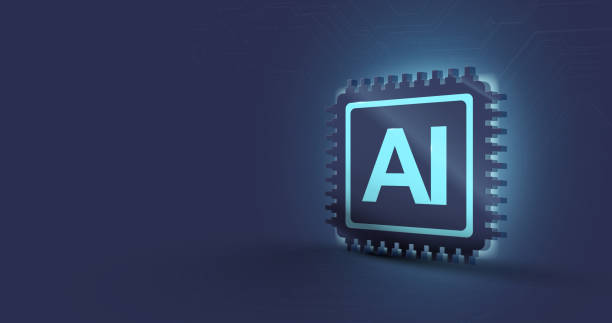
What is artificial intelligence and why is it important to make money from it? Various methods...
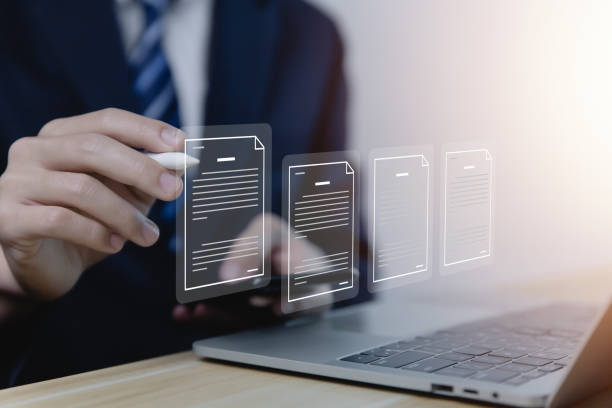
What is SEO and why is it important? Introduction to types of technical, on-page and off-page...

What is an AI Assistant and How Does it Work? AI assistants, as a powerful tool,...
آمادهاید کسبوکارتان را دیجیتالی رشد دهید؟
از طراحی سایت حرفهای گرفته تا کمپینهای هدفمند گوگل ادز و ارسال نوتیفیکیشن هوشمند؛ ما اینجاییم تا در مسیر رشد دیجیتال، همراه شما باشیم. همین حالا با ما تماس بگیرید یا یک مشاوره رایگان رزرو کنید.

